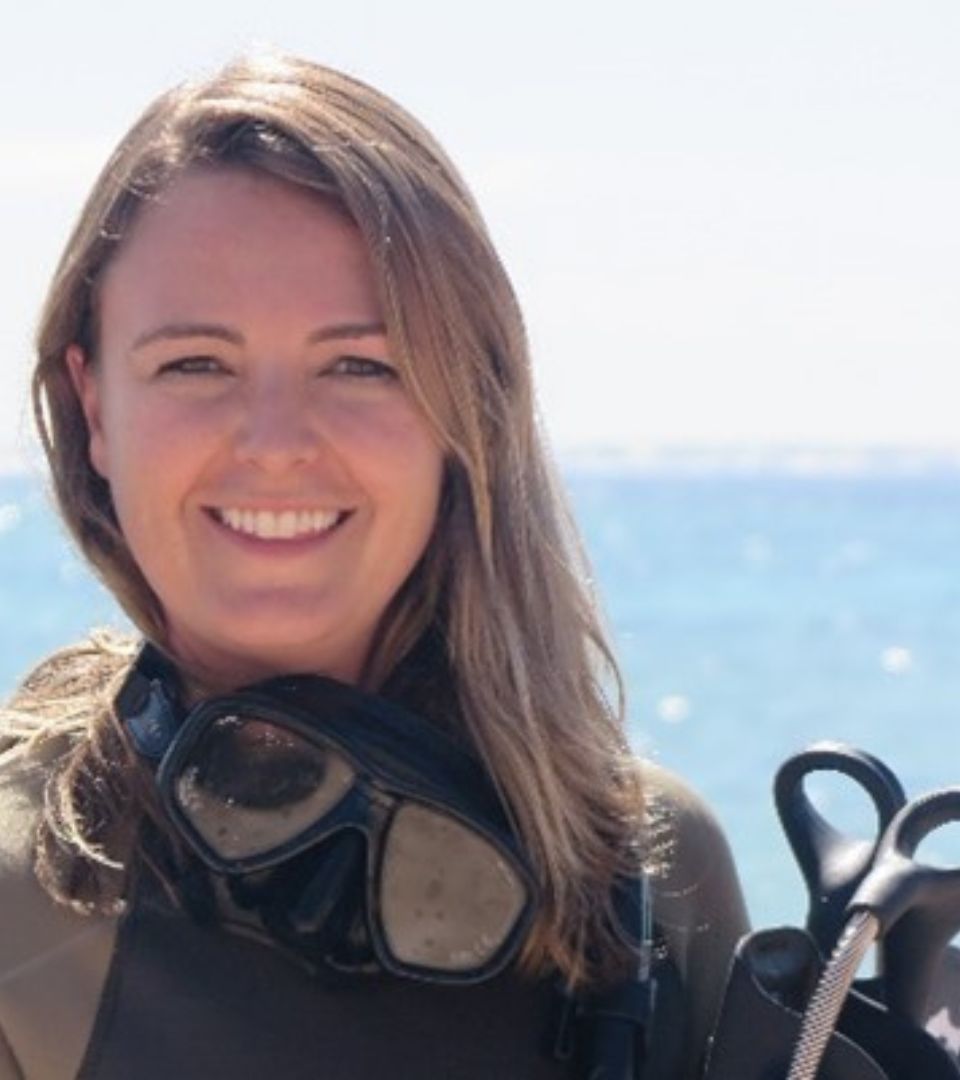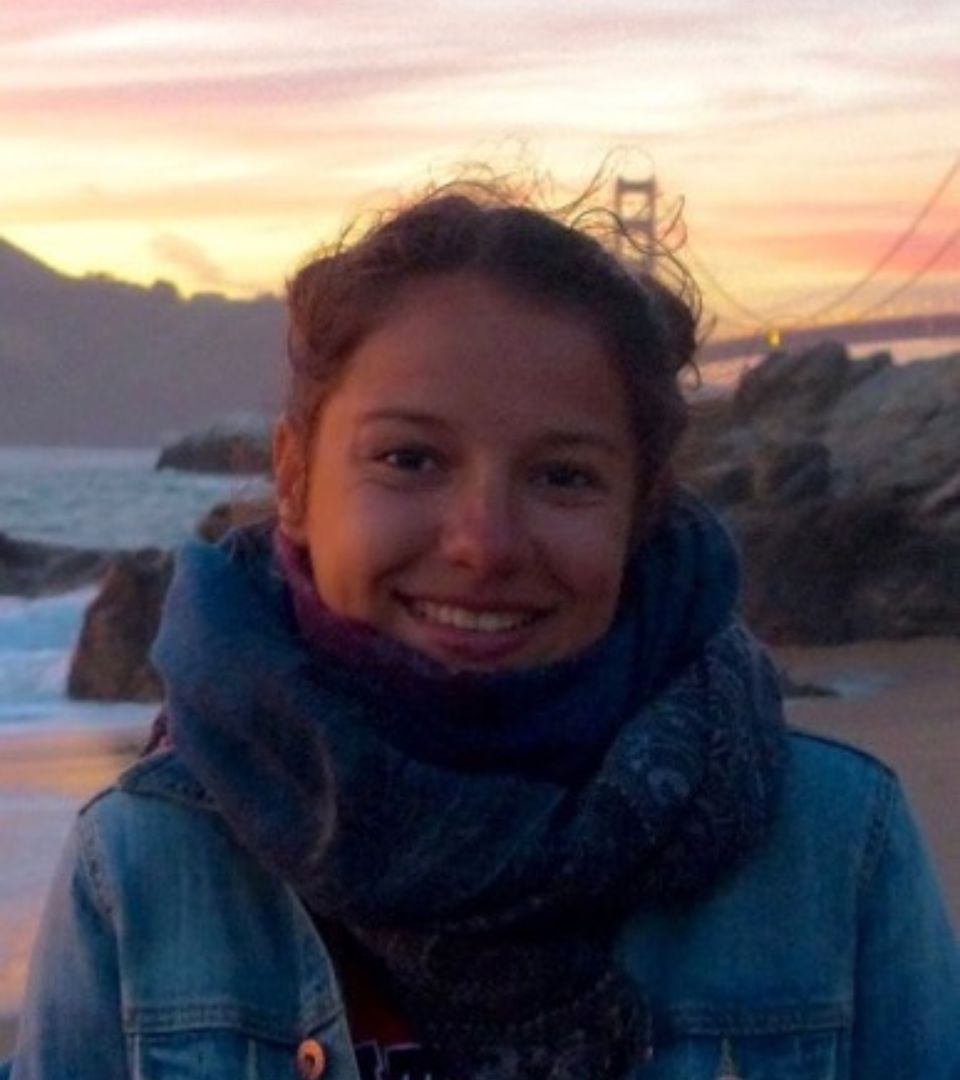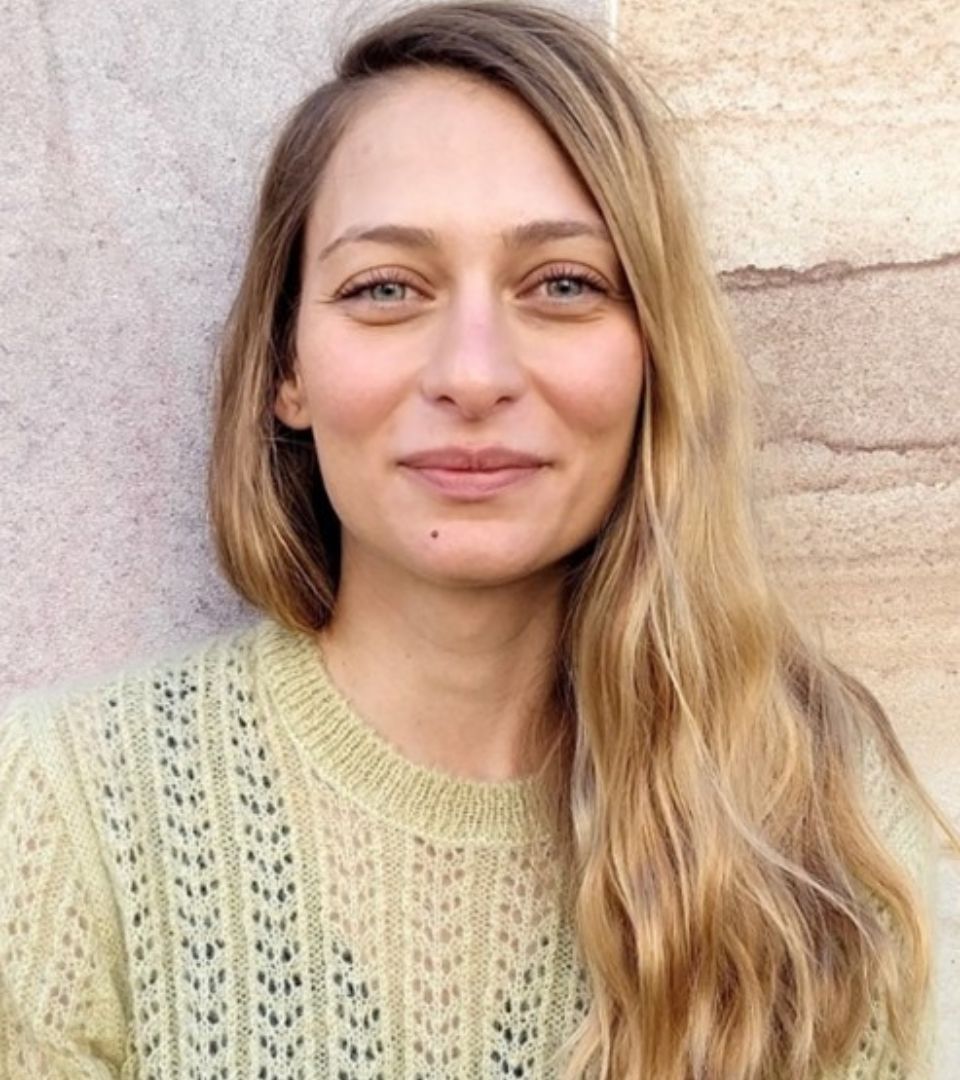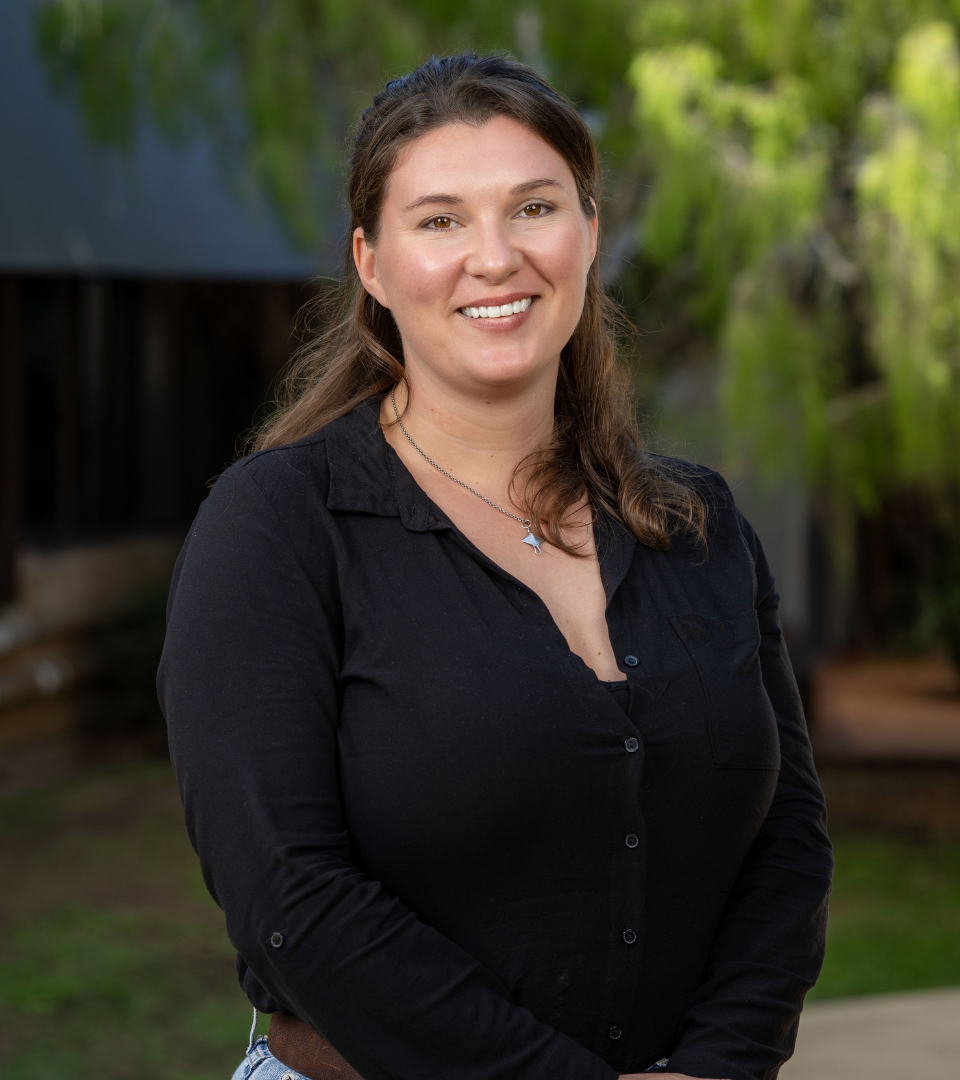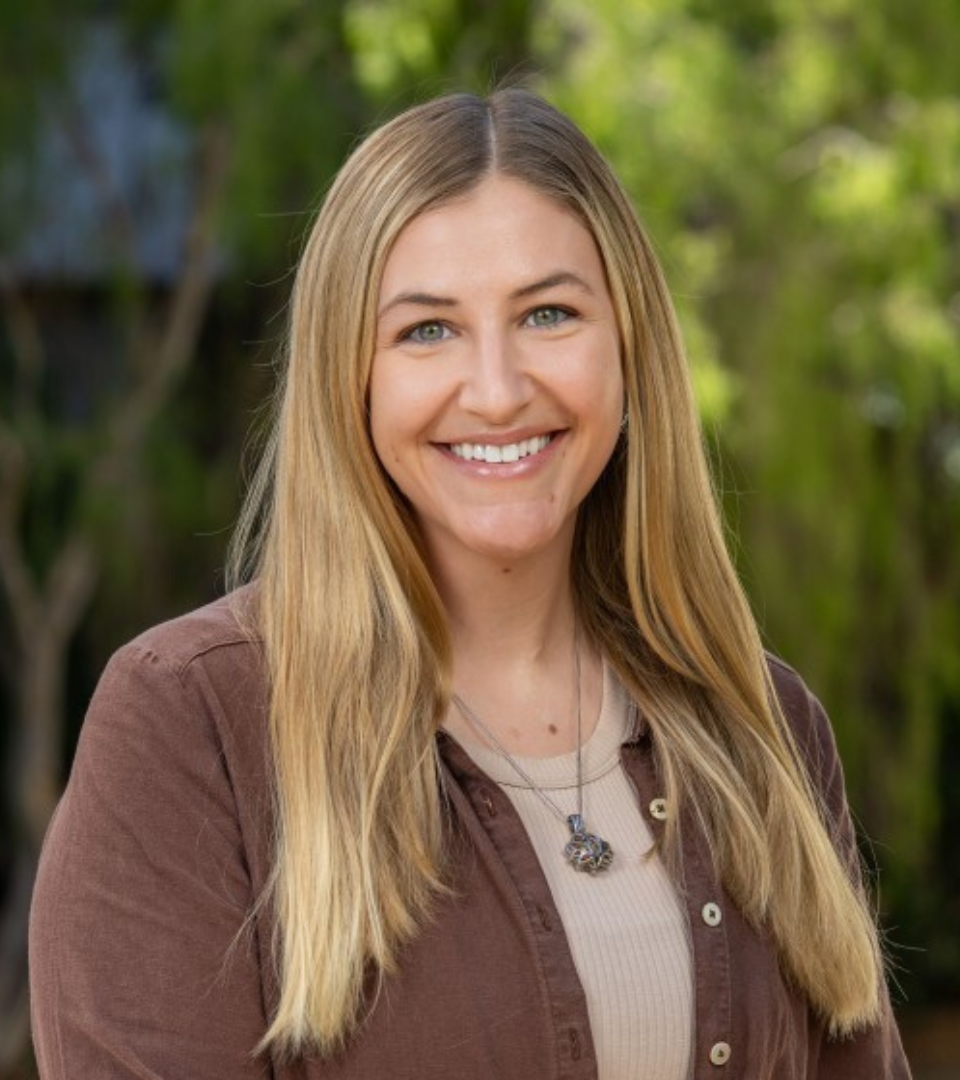Ecological Intelligence
for Reef Restoration
The EcoRRAP R&D Subprogram fills key knowledge gaps essential for the success and cost-effectiveness of reef restoration interventions.
An integrated field program, EcoRRAP provides data on region-, temperature- and species-specific coral life-histories. It quantifies natural rates of recovery and adaptation in response to global and local changes, as well as rates of recovery in response to interventions.
The central objective is to optimise interventions by understanding the ‘how, where, and when’ of natural reef recovery. This foundational data will help inform assumptions and decisions across the whole of RRAP and enable the success and cost-effectiveness of intervention research and development.
Projects:
Integrated Field Testing
Alongside subprogram management and coordination, this project is focused on the establishment and long-term monitoring of Reference Reef sites across the length and breadth of the Reef. The Reference Reef sites provide critical baseline data sets to support RRAP decision makers in determining the how, why, and where of intervention deployment.
Ecological and Genetic Adaptation
This project will generate knowledge on the important traits driving natural recovery and adaptation to both disturbances like heat stress and to restoration interventions. The project will investigate the variation of these traits across space, time, environments, and species.
Limits to Early Recovery
This project aims to inform coral restoration planning by identifying agents of mortality for juvenile corals and how these vary in relation to environmental and ecological interactions, as well as defining the ideal size and density of adult corals to overcome reproduction bottlenecks and support larval production to optimise natural recovery.
Publications and Resources:
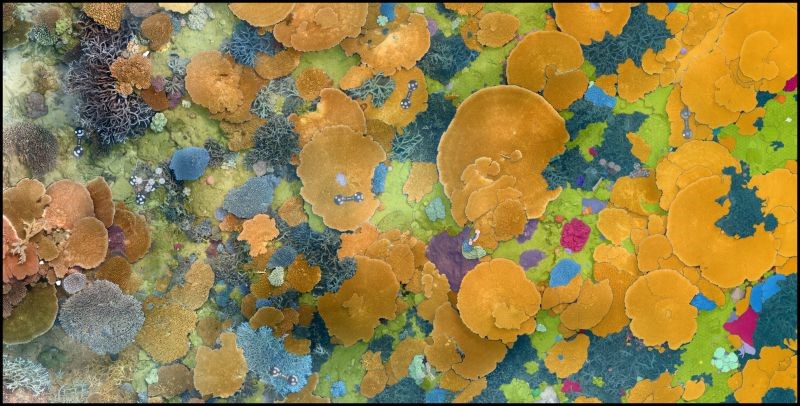
Tracking Reef Recovery: Explore 5 Years of Change in 3D
An interactive resource using high-resolution photogrammetry to show how coral communities have changed over time across multiple reef sites.
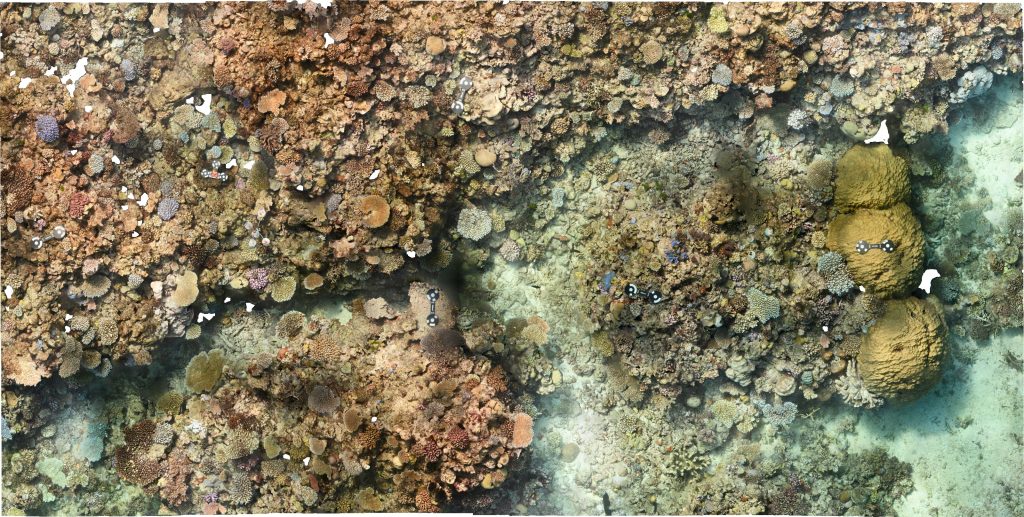
3D models produced using photogrammetry.
3D Imagery of the growth, recovery and survival of corals over time, provides vital information to support restoration efforts.
Ferrari, R., Lachs, L., Pygas, D. R., Humanes, A., Sommer, B., Figueira, W. F., Edwards, A. J., Bythell, J. C., & Guest, J. R. (2021). Photogrammetry as a tool to improve ecosystem restoration. Trends in Ecology & Evolution, 36(12), 1093–1101. https://doi.org/10.1016/j.tree.2021.07.004
- This article discusses how photogrammetry can enhance ecosystem restoration by enabling precise, non-invasive monitoring and measurement of restoration success indicators.
Riginos, C., & Beger, M. (2021). Incorporating genetic measures of connectivity and adaptation in marine spatial planning for corals. In C. R. Voolstra & R. B. Ramos (Eds.), Coral reef conservation and restoration in the omics age (pp. 15–35). Springer. Incorporating Genetic Measures of Connectivity and Adaptation in Marine Spatial Planning for Corals | SpringerLink
- This chapter explores how incorporating genetic data on connectivity and adaptive potential can enhance marine spatial planning strategies for coral conservation and resilience.
Lachs, L., Humanes, A., Pygas, D. R., Bythell, J. C., Mumby, P. J., Ferrari, R., Figueira, W. F., Beauchamp, E., East, H. K., Edwards, A. J., Golbuu, Y., Martinez, H. M., Sommer, B., van der Steeg, E., & Guest, J. R. (2023). No apparent trade-offs associated with heat tolerance in a reef-building coral. Communications Biology, 6, Article 400. https://doi.org/10.1038/s42003-023-04758-6
- This study suggests that within coral populations, trade-offs between heat tolerance and growth or fecundity may not be significant barriers to natural adaptation or the success of assisted evolution interventions.
Meziere, Z., Popovic, I., Prata, K., Ryan, I., Pandolfi, J., & Riginos, C. (2024). Exploring coral speciation: Multiple sympatric Stylophora pistillata taxa along a divergence continuum on the Great Barrier Reef. Evolutionary Applications, 17(1), e13644. https://doi.org/10.1111/eva.13644
- This article investigates the genomic diversity and divergence among Stylophora pistillata coral taxa on the Great Barrier Reef.
Buccheri, E., Ricardo, G. F., Babcock, R. C., Mumby, P. J., & Doropoulos, C. (2023). Fertilisation kinetics among common Indo-Pacific broadcast spawning corals with distinct and shared functional traits. Coral Reefs, 42(6), 1351–1363. https://doi.org/10.1007/s00338-023-02431-2
- This study examines how sperm concentration and gamete contact time affect fertilisation success in various coral species, providing insights valuable for coral reef management and restoration efforts.
Álvarez-Noriega, M., Marrable, I., Noonan, S. H. C., Barneche, D. R., & Ortiz, J. C. (2023). Highly conserved thermal performance strategies may limit adaptive potential in corals. Proceedings of the Royal Society B: Biological Sciences, 290(1994), 20221703. https://doi.org/10.1098/rspb.2022.1703
- This study examines the thermal performance curves of four common coral species, revealing that while interspecific differences exist, intraspecific variation is minimal.
Fabricius, K. E., Crossman, K., Jonker, M., Mongin, M., & Thompson, A. (2023). Macroalgal cover on coral reefs: Spatial and environmental predictors, and decadal trends in the Great Barrier Reef. PLOS ONE, 18(1), Article e0279699. https://doi.org/10.1371/journal.pone.0279699
- This study examines macroalgal cover on coral reefs, identifying spatial patterns, environmental drivers, and long-term trends in the Great Barrier Reef.
Richards, T. J., McGuigan, K., Aguirre, J. D., Humanes, A., Bozec, Y.-M., Mumby, P. J., & Riginos, C. (2023). Moving beyond heritability in the search for coral adaptive potential. Global Change Biology, 29(6), 1569–1581. https://doi.org/10.1111/gcb.16719x
- This article explores the limitations of focusing solely on heritability when assessing coral adaptation potential, advocating for broader quantitative genetic approaches to better predict coral responses to environmental changes.
Wolfe, K. M., Boström‐Einarsson, L., McLeod, I. M., & Suggett, D. J. (2023). Hidden biodiversity in coral rubble: A hierarchical structuring approach reveals the value of microhabitats for reef restoration. Ecological Monographs, 93(3), Article e1586. https://doi.org/10.1002/ecm.1586
- This study employs hierarchical structuring theory to uncover the biodiversity within coral rubble habitats, highlighting their significance for reef restoration efforts.
Remmers, T., Grech, A., Roelfsema, C., Gordon, S., Lechene, M., & Ferrari, R. (2024). Close-range underwater photogrammetry for coral reef ecology: A systematic literature review. Coral Reefs, 43(1), 35–52. https://doi.org/10.1007/s00338-023-02445-w
- This systematic review analyses how close-range underwater photogrammetry has been used in coral reef ecology, highlighting its growing role in accurately measuring reef structure, monitoring change, and informing conservation efforts.
Lechene, M. A. A., Figueira, W. F., Murray, N. J., Aston, E. A., Gordon, S. E., & Ferrari, R. (2024). Evaluating error sources to improve precision in the co-registration of underwater 3D models. Ecological Informatics, 81, 102632. https://doi.org/10.1016/j.ecoinf.2024.102632
- This study identifies and quantifies key sources of error in aligning underwater 3D models to improve the precision and reliability of temporal comparisons in reef monitoring.
Webber, K., Fabricius, K., Wilson, S. K., & Hoey, A. S. (2024). The influence of Sargassum biomass and thallus density on the recruitment of coral reef fishes. Coral Reefs, 43, 687–699. https://doi.org/10.1007/s00338-024-02494-9
- This study examines how variations in Sargassum biomass and thallus density affect the recruitment of coral reef fishes, highlighting the importance of macroalgal structural complexity in reef ecosystems.
Fabricius, K. E., Cooley, S. R., Golbuu, Y., Riginos, C., Gonzalez-Rivero, M., Heron, S. F., Mead, D., Cinner, J., & Schaffelke, B. (2024). Research priorities to support coral reefs during rapid climate change. PLOS Climate, 3(7), e0000435. https://doi.org/10.1371/journal.pclm.0000435
- This article identifies key research priorities to help coral reefs adapt to and survive rapid climate change, emphasizing the urgent need for integrated, cross-disciplinary approaches.
Martin, C. C., McClure, E. C., Webber, K., Burgo, M., & Hoey, A. S. (2024). Utilisation of macroalgal habitats by juvenile rabbitfishes on an inshore reef. Coral Reefs, 43, 1843–1855. https://doi.org/10.1007/s00338-024-02581-x
- This study investigates the distribution, feeding behaviour, diet, and predation risk of juvenile rabbitfish in macroalgal habitats on Orpheus Island, Great Barrier Reef.
Álvarez-Noriega, M., Ortiz, J. C., Ceccarelli, D. M., Emslie, M. J., Fabricius, K. E., Jonker, M. J., Puotinen, M., Robson, B. J., Roelfsema, C. M., Sinclair-Taylor, T. H., & Ferrari, R. (2025). Spatial variation in upper limits of coral cover on the Great Barrier Reef. Global Ecology and Biogeography, 34(1), e13928. https://doi.org/10.1111/geb.13928
- This study analyses 32 years of coral cover data from the Great Barrier Reef to identify environmental factors influencing the maximum sustainable coral cover, revealing that upper limits are generally lower than previously assumed and vary spatially across the reef system.
Riginos, C., Popovic, I., Meziere, Z., Garcia, V., Byrne, I., Howitt, S. M., Ishida, H., Bairos-Novak, K., Humanes, A., Scharfenstein, H., Richards, T., Briggs, E., Clark, V., Lei, C., Khan, M., & Prata, K. E. (2024). Cryptic species and hybridisation in corals: Challenges and opportunities for conservation and restoration. Peer Community Journal, 4, e106. https://doi.org/10.24072/pcjournal.492
- This study investigates the prevalence of cryptic coral groups and assesses evidence for their permeability to gene flow via a structured literature review of genomic studies.
Remmers, T., Boutros, N., Wyatt, M., Gordon, S., Toor, T., Roelfsema, C., Fabricius, K., Grech, A., Lechene, M. A. A., & Ferrari, R. (2025). RapidBenthos: Automated segmentation and multi-view classification of coral reef communities from photogrammetric reconstruction. Methods in Ecology and Evolution, 16(2), 427–441. https://doi.org/10.1111/2041-210X.14477
- This study introduces RapidBenthos, a machine learning workflow that automates the segmentation and classification of coral reef communities from photogrammetric reconstructions, significantly reducing manual analysis time and enhancing scalability for reef monitoring.
P.J. Mumby, G. Sartori, E. Buccheri, C. Alessi, H. Allan, C. Doropoulos, G. Rengiil, & G. Ricardo, Allee effects limit coral fertilization success, Proc. Natl. Acad. Sci. U.S.A. 121 (52) e2418314121, https://doi.org/10.1073/pnas.2418314121 (2024)
- This study investigates how low coral colony densities can lead to reduced fertilisation success, highlighting the presence of Allee effects in coral reproduction and the implications for reef restoration efforts.
Álvarez-Noriega, M., Aston, E., Becker, M., Fabricius, K. E., Figueira, W. F., Gordon, S., Krensel, R., Lechene, M. A. A., Remmers, T., Toor, M., & Ferrari, R. (2025). Challenging paradigms around the role of colony size, taxa, and environment on bleaching susceptibility. Global Change Biology, 31(2), e70090. https://doi.org/10.1111/gcb.70090
- This study reveals that bleaching susceptibility is influenced by complex interactions among colony size, taxonomic identity, and environmental factors, challenging existing assumptions about uniform patterns of bleaching vulnerability.
Drake, M. A., Noonan, S. H. C., Alvarez-Noriega, M., Rashid, A. R., & Fabricius, K. E. (2025). Current velocity, water quality, and benthic taxa as predictors for coral recruitment rates on the Great Barrier Reef. PLOS ONE, 20(3), e0319521. https://doi.org/10.1371/journal.pone.0319521
- This study analysed coral recruit densities, revealing that recruitment success is significantly influenced by factors such as current velocity, sedimentation, depth, and pH levels.
Matias, A. M. A., Popovic, I., Thia, J. A., Cooke, I. R., Torda, G., Lukoschek, V., Bay, L. K., Kim, S. W., & Riginos, C. (2023). Cryptic diversity and spatial genetic variation in the coral Acropora tenuis and its endosymbionts across the Great Barrier Reef. Evolutionary Applications, 16(2), 293–310. https://doi.org/10.1111/eva.13435
- This study analysed the genetic diversity of Acropora tenuis and its symbiotic algae across the Great Barrier Reef. Results suggest the presence of cryptic species, and found that symbiont diversity varied with reef location, highlighting the influence of environmental factors on coral-symbiont associations.
Briggs, N. D., Page, C. A., Giuliano, C., Alessi, C., Hoogenboom, M., Bay, L. K., & Randall, C. J. (2024). Dissecting coral recovery: Bleaching reduces reproductive output in Acropora millepora. Coral Reefs, 43(3), 557–569. https://doi.org/10.1007/s00338-024-02483-y
- This study shows that coral bleaching significantly reduces the reproductive output of Acropora millepora, even in colonies that appear visually recovered.
Ani, C. J., Haller-Bull, V., Gilmour, J. P., & Robson, B. J. (2024). Connectivity modelling identifies sources and sinks of coral recruitment within reef clusters. Scientific Reports, 14, Article 13564. https://doi.org/10.1038/s41598-024-64388-8
- This study used connectivity modelling to identify which reefs act as key sources and sinks for coral larvae within clusters, helping to guide more effective coral restoration strategies.
Sun, C., Steinberg, C., Klein Salas, E., Mellin, C., Babcock, R. C., Schiller, A., Cantin, N. E., Stella, J. S., Baird, M. E., Condie, S. A., Hobday, A. J., Herzfeld, M., Jones, N. L., Zhang, X., Chamberlain, M. A., Fiedler, R., Green, C., & Steven, A. D. L. (2024). Climate refugia in the Great Barrier Reef may endure into the future. Science Advances, 10(48), eado6884. https://doi.org/10.1126/sciadv.ado6884
- This study utilised high-resolution ocean modelling to investigate the persistence of climate refugia in the Great Barrier Reef.
Hsu, T.-H. T., Gordon, S., Ferrari, R., Hoey, A. S., & Figueira, W. F. (2025). Optimizing remote underwater video sampling to quantify relative abundance, richness, and corallivory rates of reef fish. Coral Reefs, 44, 435–449. https://doi.org/10.1007/s00338-024-02613-6
- This study found that analysing a subset of remote underwater video frames can accurately estimate reef fish abundance and feeding behavior while significantly reducing processing time.
Aston, E. A., Duce, S., Hoey, A. S., & Ferrari, R. (2022). A protocol for extracting structural metrics from 3D reconstructions of corals. Frontiers in Marine Science, 9, 854395. https://doi.org/10.3389/fmars.2022.854395
- This study presents a standardised method and accompanying scripts for reconstructing 3D models of coral colonies from in-situ images, with metrics facilitating reproducible assessments of coral ecological functions.
Ferrari, R., Leon, J. X., Davies, A. J., Burns, J. H. R., Sandin, S. A., Figueira, W. F., & Gonzalez-Rivero, M. (2022). Editorial: Advances in 3D habitat mapping of marine ecosystem ecology and conservation. Frontiers in Marine Science, 8, 827430. https://doi.org/10.3389/fmars.2021.827430
- This editorial introduces a collection of research articles focusing on the application of 3D technologies in marine ecosystem ecology and conservation.
Guillaume, A. S., Ferrari, R., Selmoni, O., Mocellin, V. J. L., Denis, H., Naugle, M., Howells, E., Bay, L. K., & Joost, S. (2025). Harnessing multiscale topographic environmental variables for regional coral species distribution models. Ecology and Evolution, 15(4), e71292. https://doi.org/10.1002/ece3.71292
Greenwood, J., Sun, C. J., Doropoulos, C., Thomson, D., Baird, M., Porobic, J., & Condie, S. (2025). Passive retention of simulated larvae on coral reefs. Royal Society Open Science, 12(5). https://doi.org/10.1098/rsos.241708
- This study used hydrodynamic simulations to show that coral reef physical features, like size and shape, significantly influence the passive retention of larvae, with implications for reef connectivity and restoration planning.
Developing, implementing and testing fine scale hydrodynamical models in the context of larval supply and restoration
- Describes how to develop, implement, and validate hydrodynamical models and Lagrangian particle tracking models that can inform reef restoration and conservation activities
Plankton tow sampling to estimate coral larvae relative abundance
- Outlines plankton tow and laboratory plankton sorting procedures so that future sampling techniques remain consistent.
In-Situ Experiments to Estimate Fertilisation Success During Coral Spawning
- Describes various approaches to assess coral fertilisation success in situ from small coral patch outplants.
Standard Operation Procedure Series: Field Photogrammetry in 4D:
Overview and In-Field Workflow
- Outlines procedures for in-field image collection to reconstruct 3D models and 2D orthomosaics of benthic communities.
- ProcessingDetails the workflow for processing collected images into accurate 3D models, including software and hardware specifications.
Digitisation and 2D metric extraction
- Provides guidelines for extracting quantitative metrics from 3D models to assess coral structures.
EcoRRAP SketchFab Collection
EcoRRAP Benthic Orthomosaics:
- 3D models and 2D orthomosaics of complex reef ecosystems allow for the extraction of metrics such as coral volume, surface area, and the spacing between colonies.
Subprogram leaders:
Project leaders:
Team members:

Peter Mumby
Professor
UQ

Manuel Gonzalez-Rivero
Research Scientist
AIMS
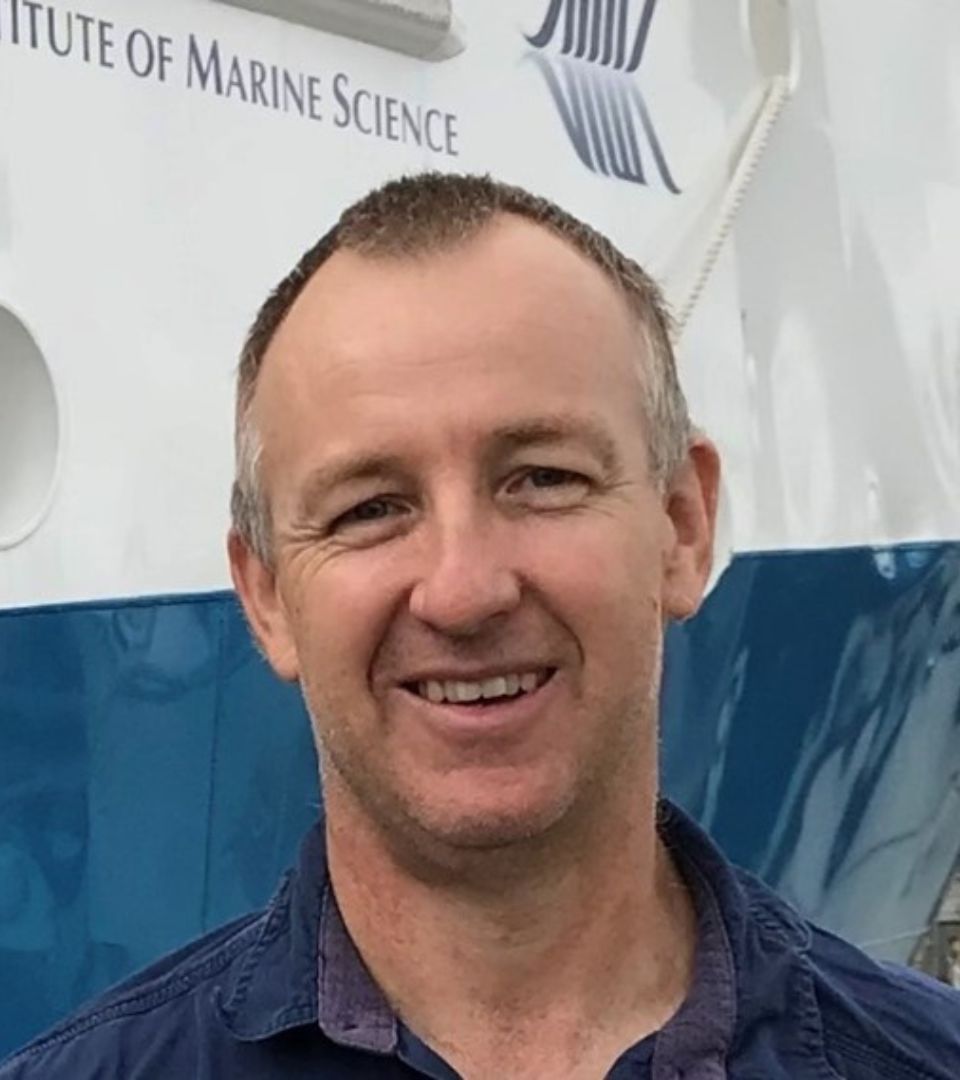
John Luetchford
Oceanographic Technician
AIMS

Pascal Craw
Research Scientist
CSIRO

Robert Mason
Research Scientist
CSIRO

Frank Coman
Research Assistant
CSIRO
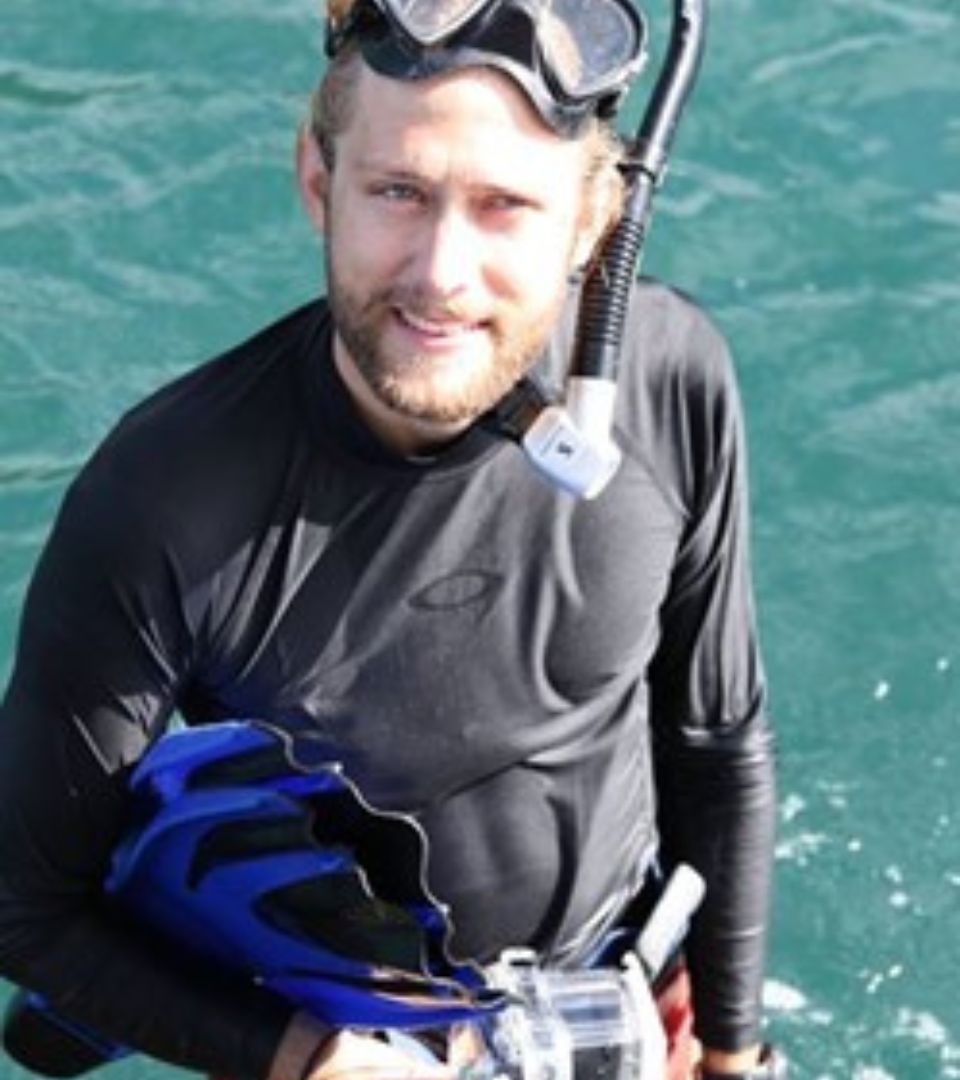
Sam Noonan
Research Assistant
AIMS
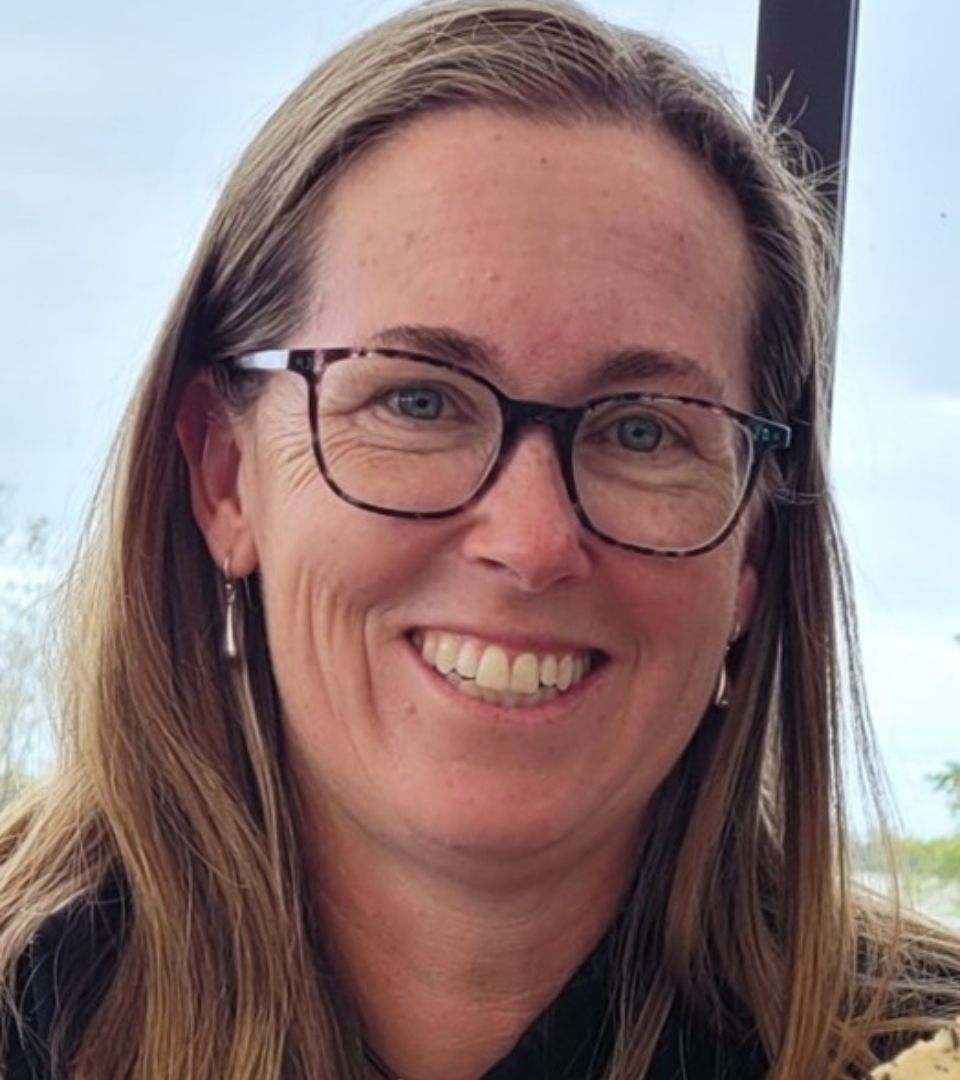
Browyn Holmes
Research Assistant
CSIRO
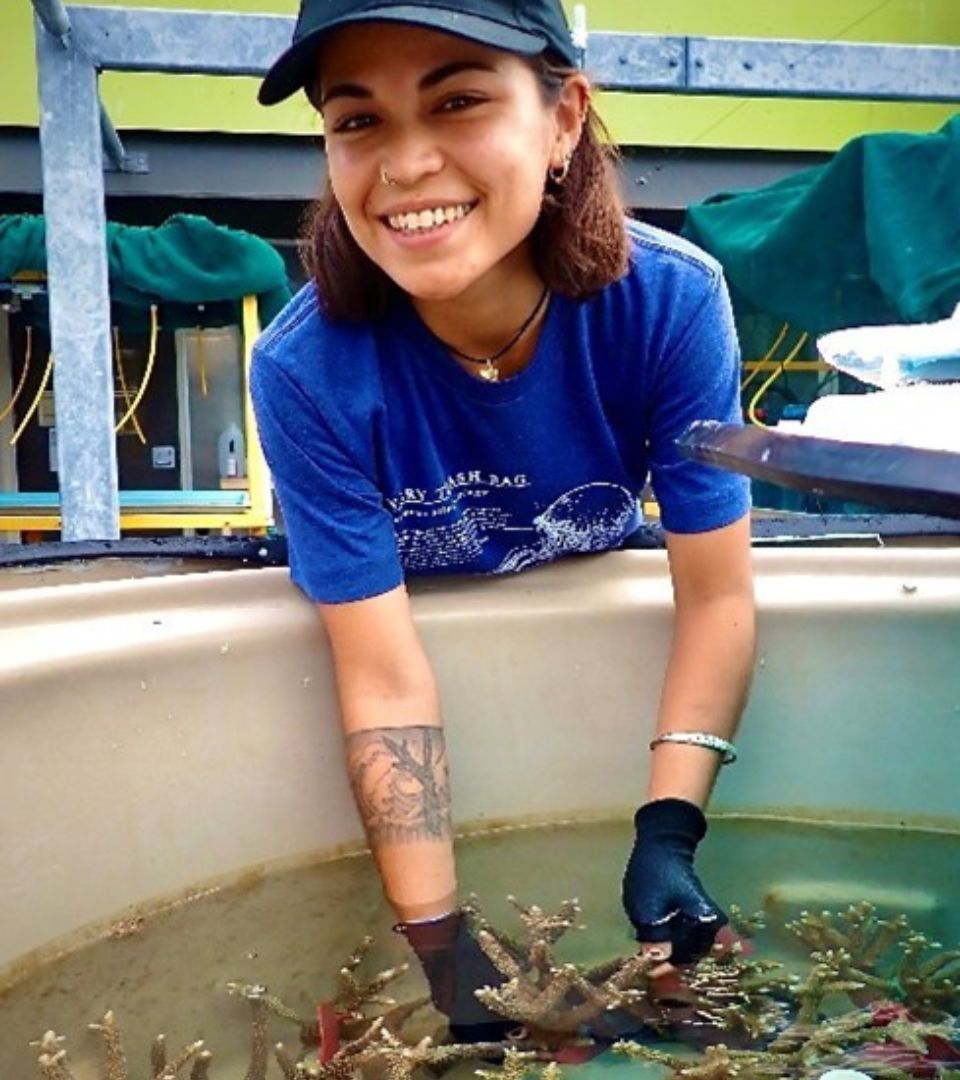
Morane Le Nohaic
PhD Candidate
UQ and CSIRO
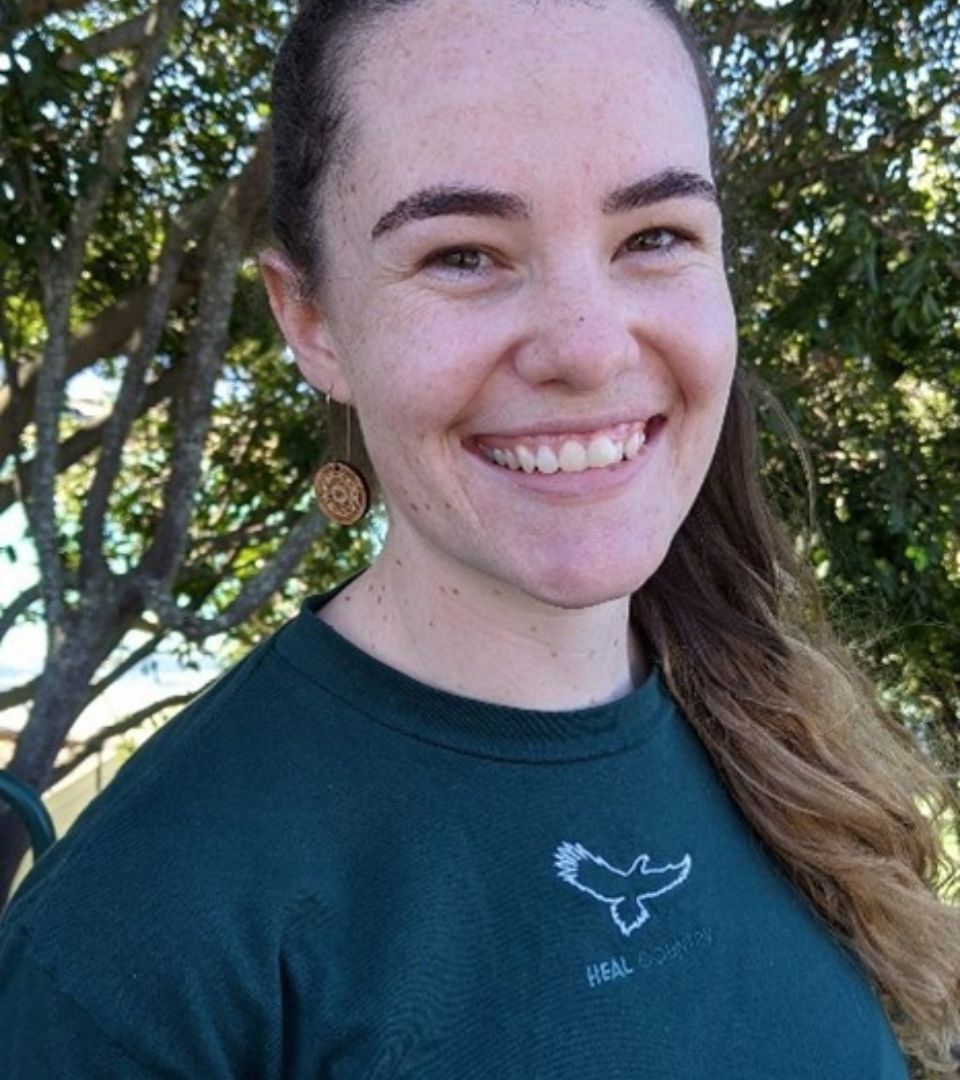
Hannah Allan
PhD Candidate
UQ
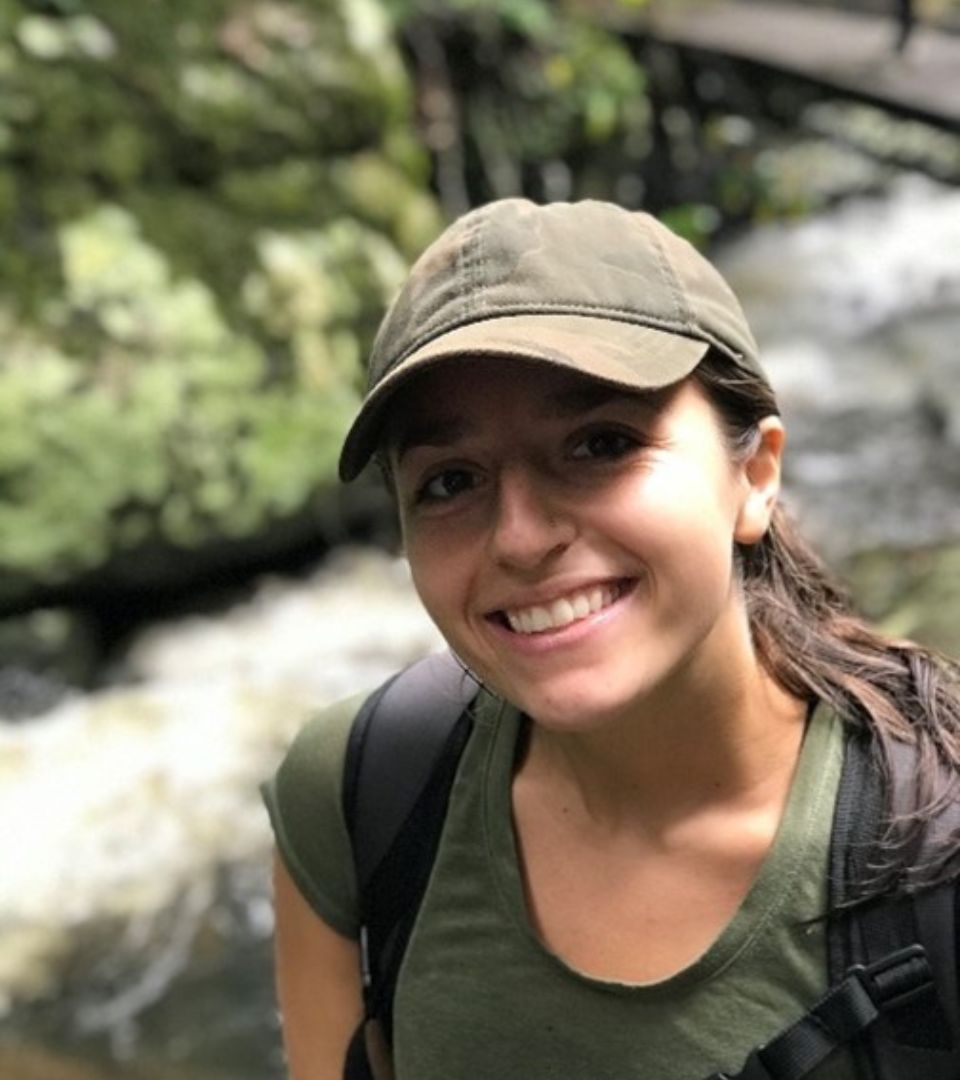
Elizabeth Buccheri
PhD Candidate
UQ
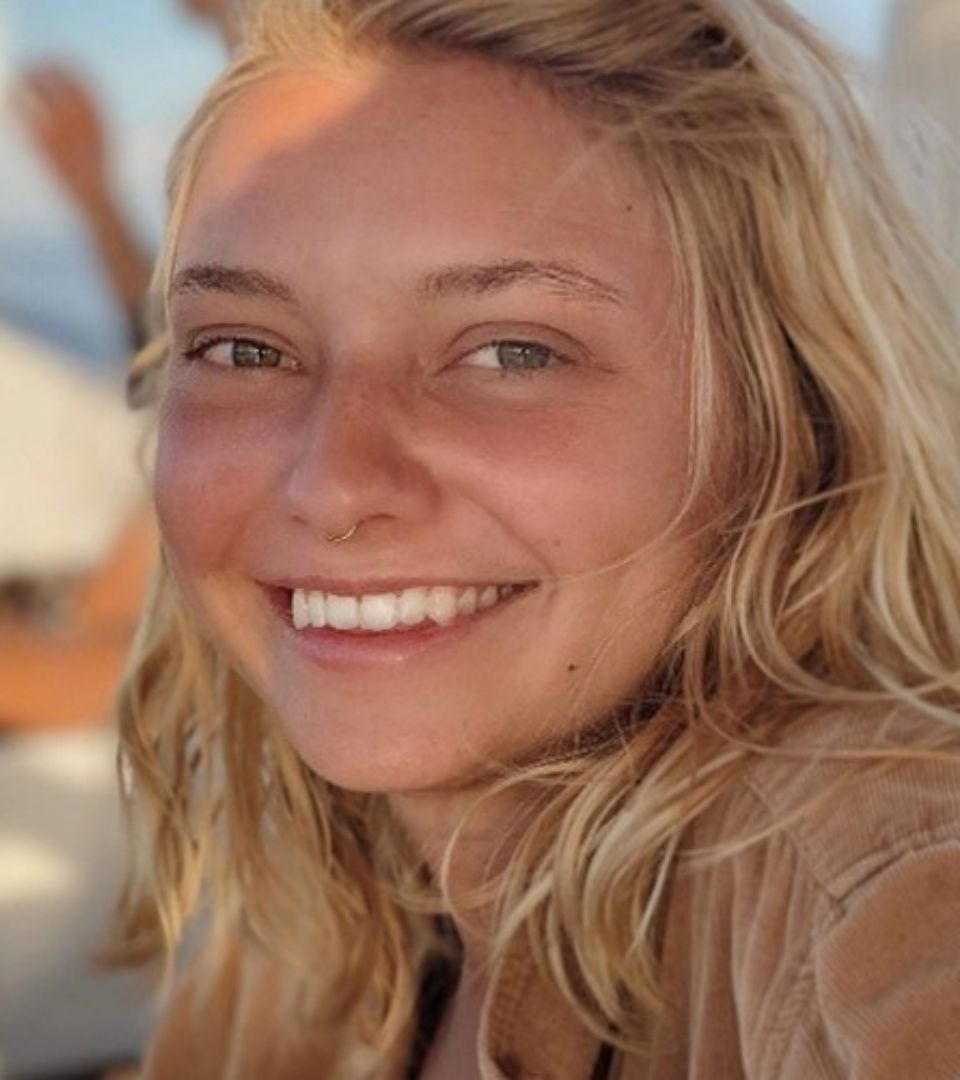
Isabella Marrable
AIMS and Uni. of Sydney
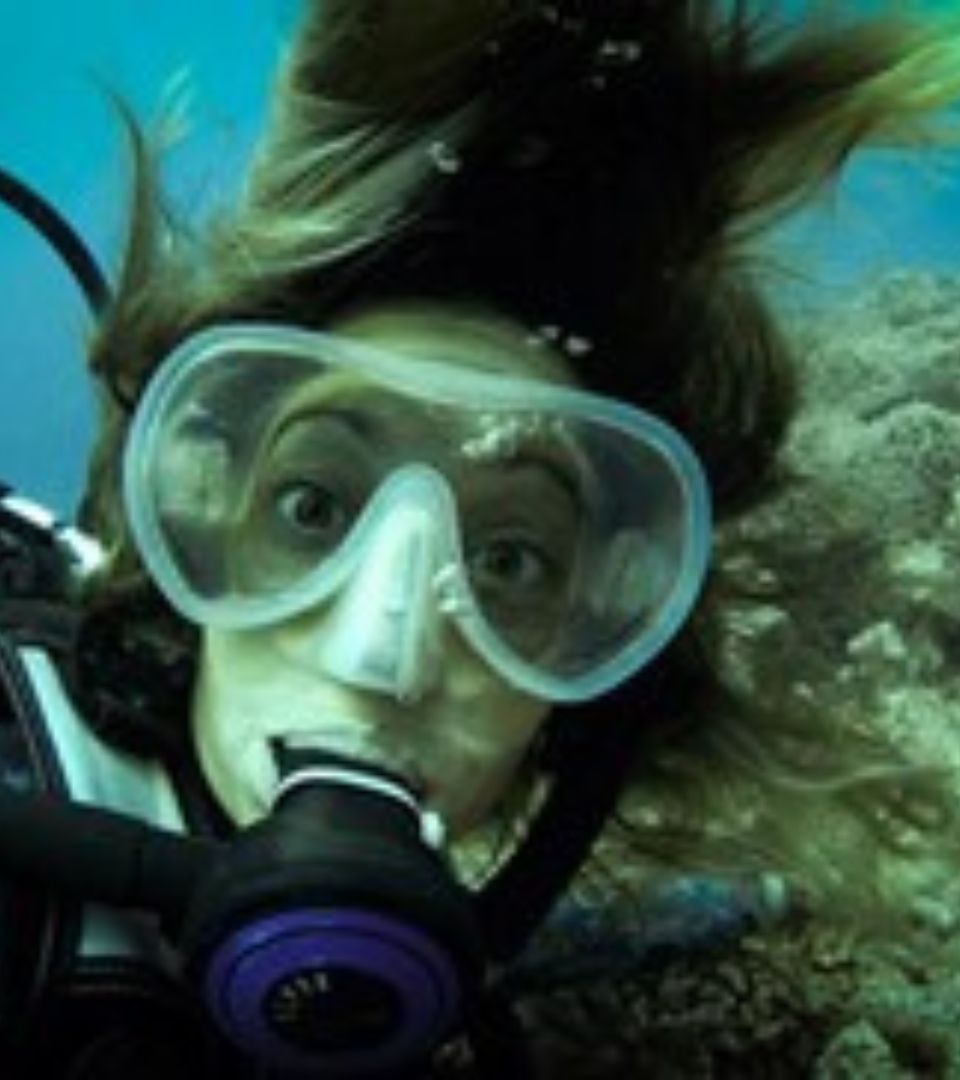
Sophie Gordan
Research Assistant
AIMS
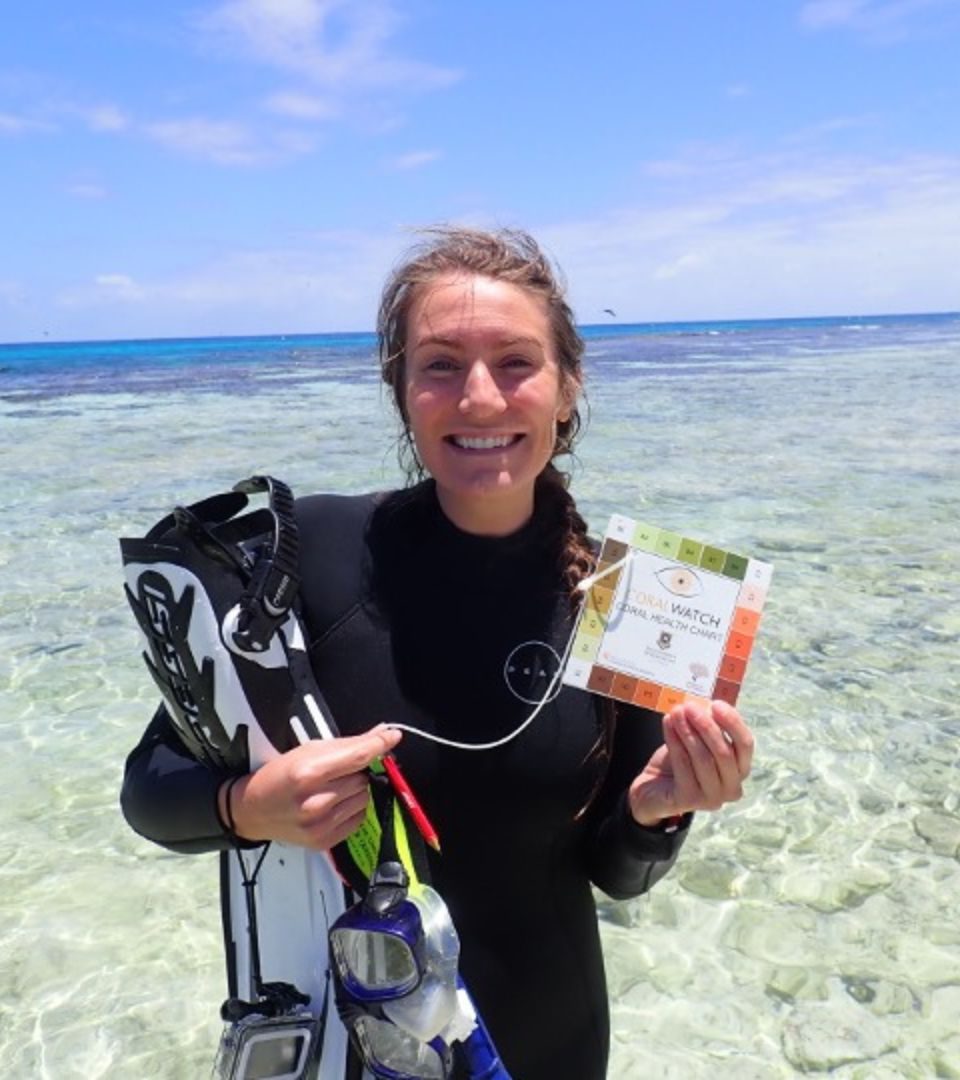
Devin Rowell
PhD Candidate
UQ
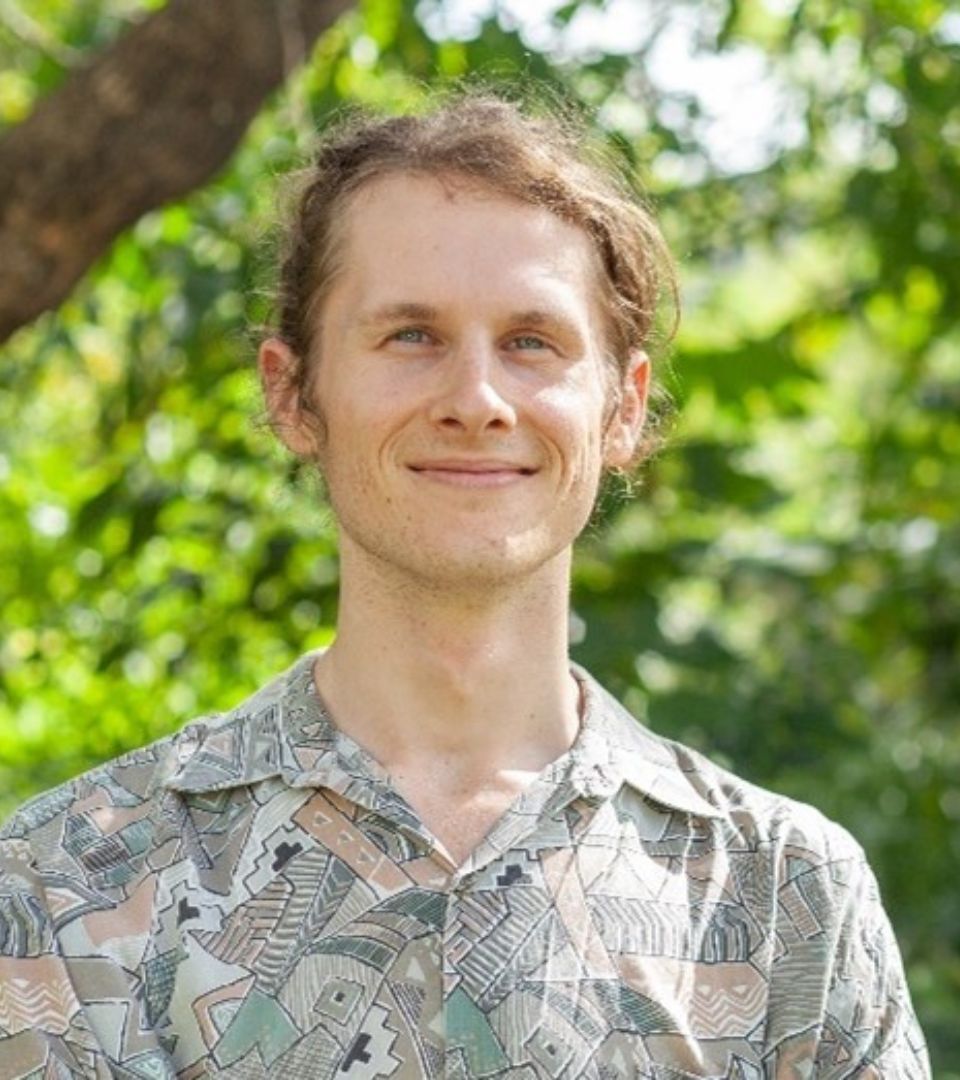
Kelsey Webbe
PhD Candidate
JCU









